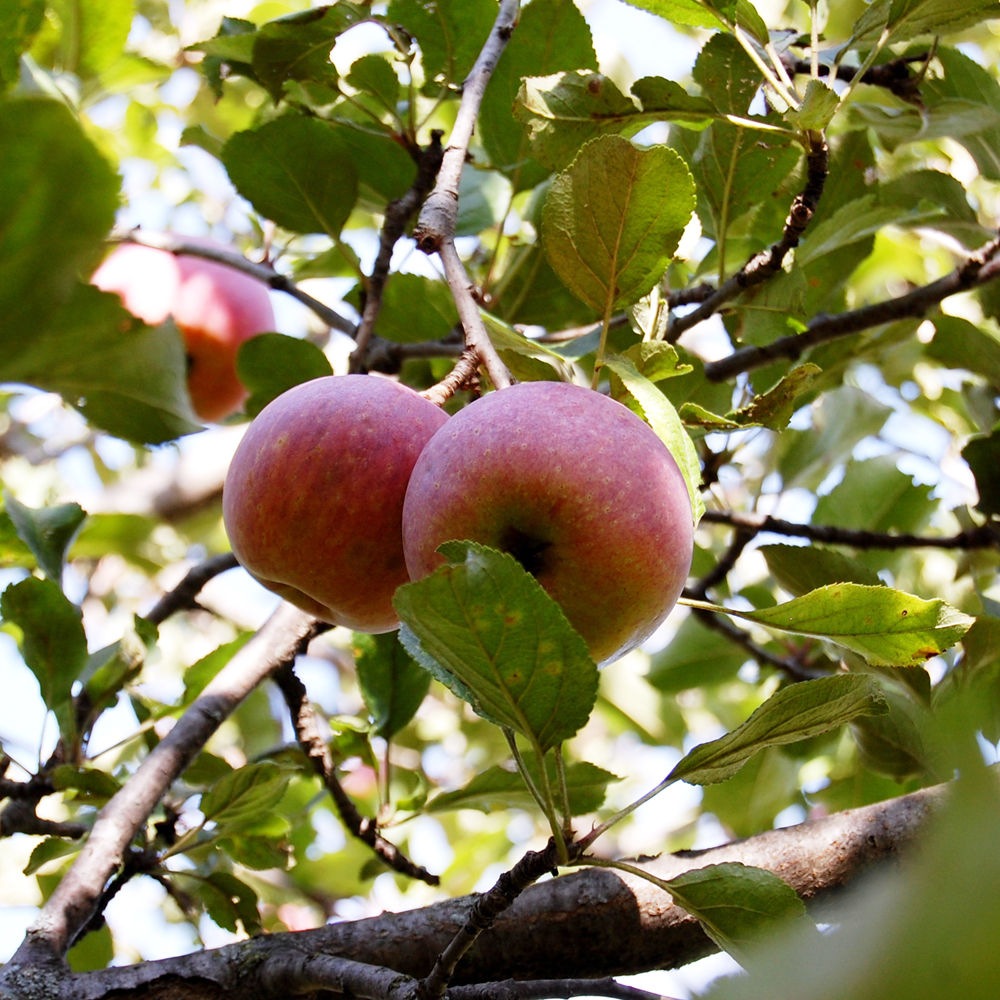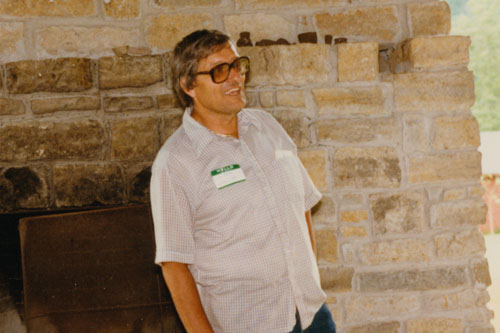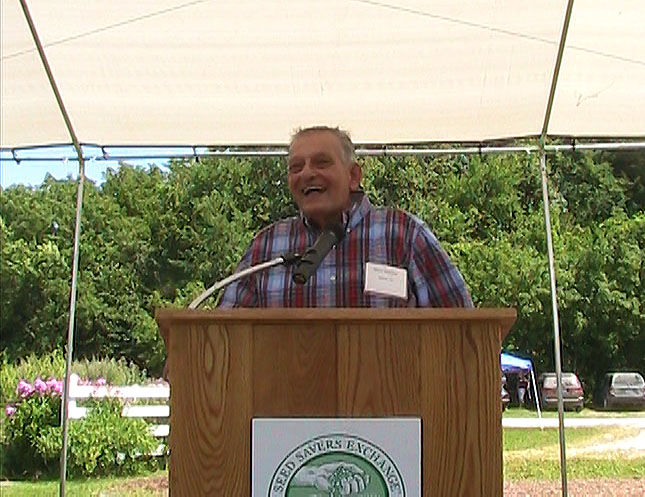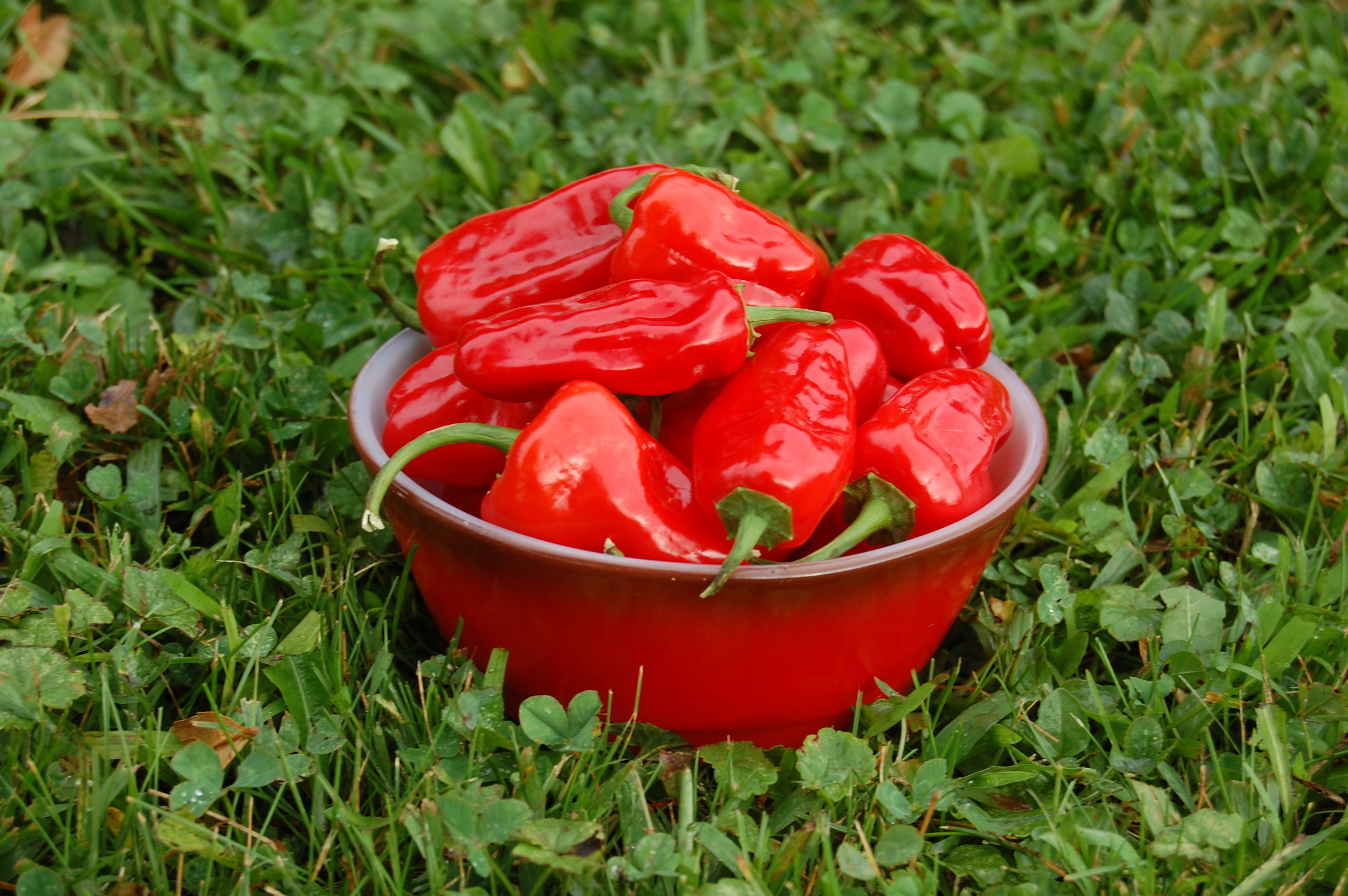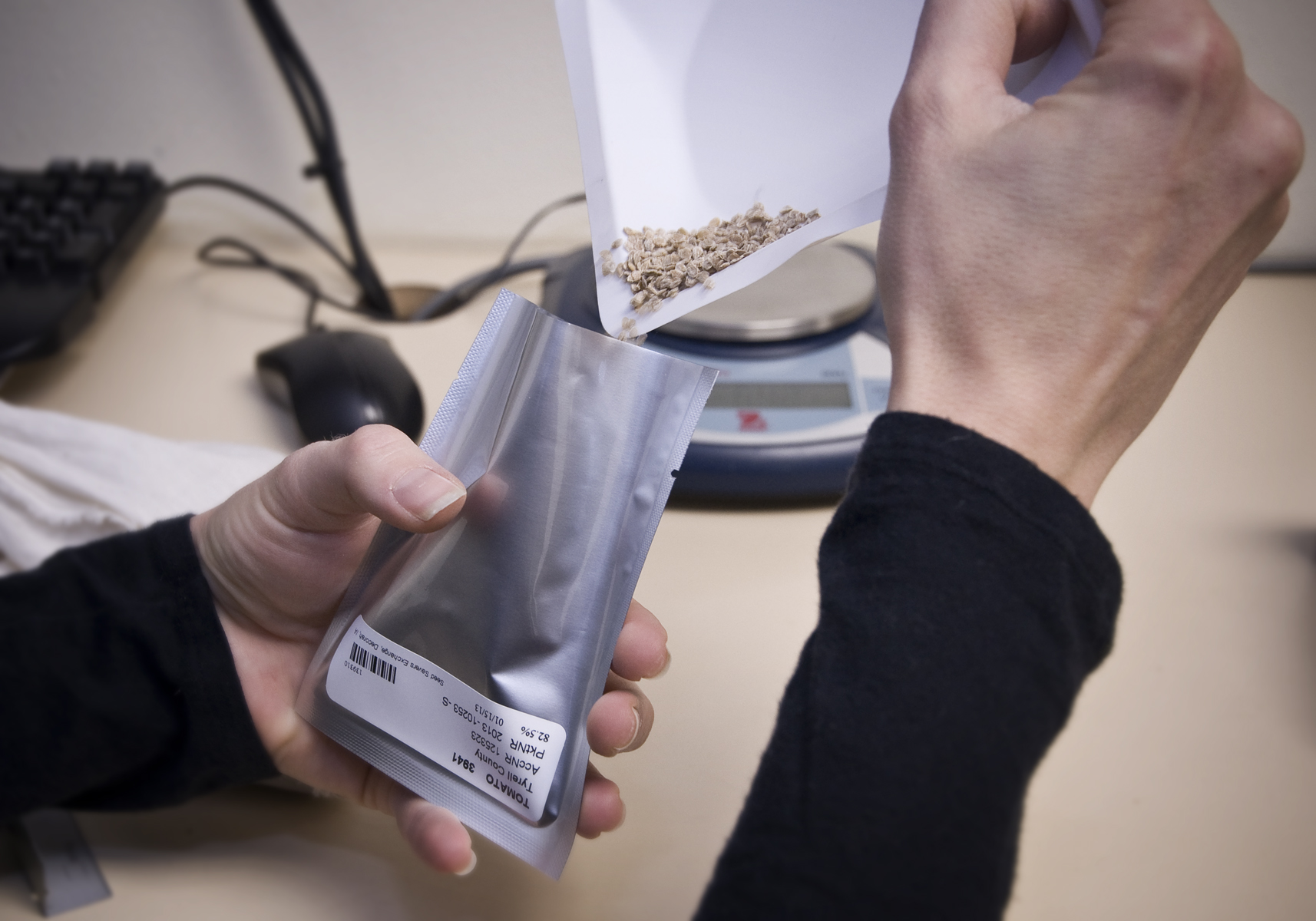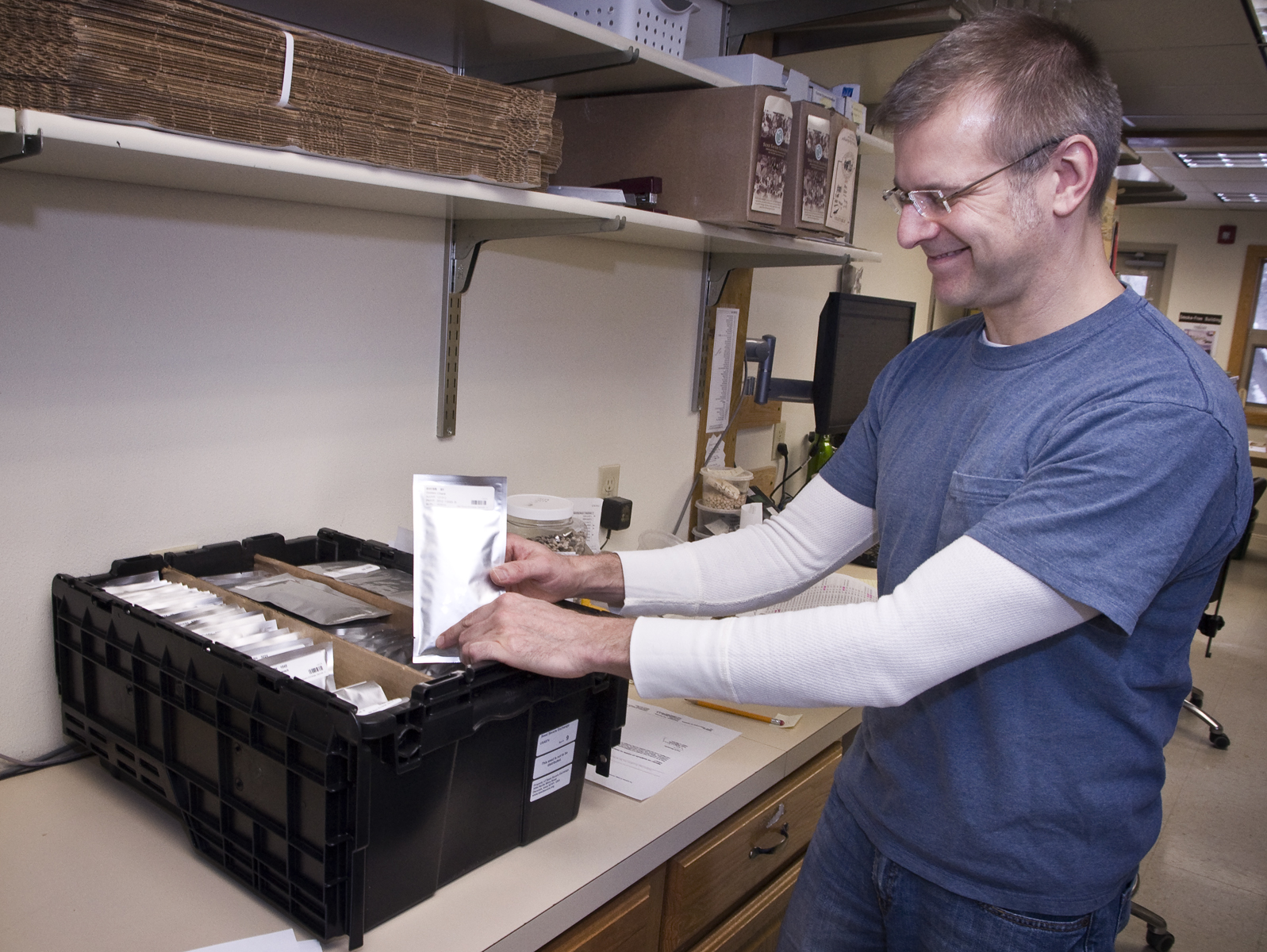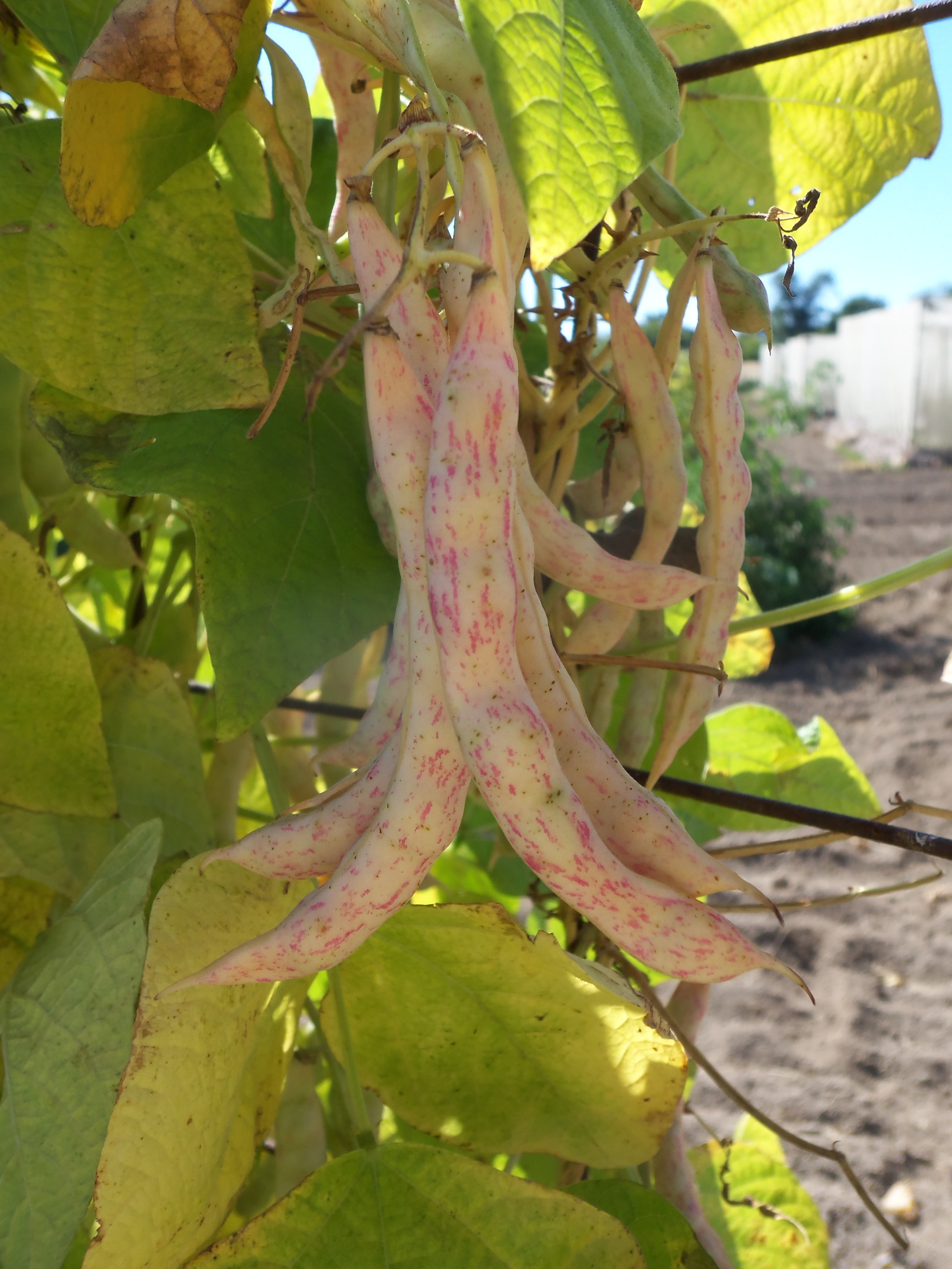Talking Trees Installation at Heritage Farm
/Talking Trees is an outdoor sound installation created by Brooke Joyce and Harvey Sollberger.
Talking Trees began as a casual, post-concert conversation between composers Brooke Joyce and Harvey Sollberger in 2009. A shared interest in making music in non-traditional venues was discovered, as well as a love for nature and the wonderful landscape of northeast Iowa. Four years later, we are excited to share the fruits of our labor at the beautiful Seed Savers Heritage Farm.
Our goal is to provide visitors with a sensory experience that compliments rather than overwhelms the natural soundscape. As you walk the southern side of the Valley Trail, you will encounter four large, metal tripods, designed and built by Kelly Ludeking, which contain four small speakers. You’ll hear sounds that were recorded at Seed Savers last May. Each tripod features a single sonic theme:
I. Water
A stream runs parallel to most of the Valley Trail. You’ll hear sounds from this water source, along with raindrops and wind chimes. As the day progresses, the sounds become more resonant and reverberant.
II. Birds
Many varieties of songbirds make their home at Seed Savers. Several are featured in this part of the installation. The bird calls become less frequent and more resonant as the day progresses.
III. Frogs
Elsewhere on the farm are areas favored by frogs, captured here in the twilight hours. As dawn moves to dusk, the frog sounds become more reverberant, spacious, and sustained.
IV. Insects
In particular, chirping crickets and buzzing flies. As time passes, the buzzing becomes more sustained, and we begin to hear a more defined pitch center.
We invite you to wander and linger as you like. Begin by making your way to the Valley Trail, and take the right fork when it branches. The distance from the parking lot to the end of the installation is approximately 1.25 miles and takes about 25 minutes to walk (without stopping).
Throughout the month of May the installation will run every day from 9 a.m. – 7 p.m., rain or shine. If you visit at different times of day, you’ll experience different sounds, as each station in the installation goes through a transformation throughout the 10-hour cycle.
Please share your thoughts, either by writing on the notebook outside the visitors center, or by visiting brookejoyce.com and clicking on “Talking Trees.”
Coinciding with this art installation is an additional exhibit at Heritage Farm, titled "Grassfed." Both art exhibits kick-off on May 4th, accompanied by a rare plant sale from the preservation collection at Seed Savers Exchange. Read about "Grassfed" and the rare plant sale here.
Structural Design by Kelly Ludeking, technical assistance from Bruce Larson (electronics), Dennis Pottratz (solar panel) and Steve Smith (programming). Technical Information:
- Sound Device: Raspberry Pi, running Linux
- Software: Pure Data
- Solar Panel: SunWize 55W
- Battery: Dura-Start Deep Cycle Marine Battery
- Speakers: Pyle PLMCA20 Motorcycle Speakers
Funding:
- Iowa Arts Council
- Luther College
Special Thanks:
Hugh Livingston, Benji Nichols, Brandon Schmidt and Dan Trueman
The Lillian Goldman Visitors Center at Seed Savers Exchange is open Monday through Friday 9 a.m. - 5 p.m. and Weekends 10 a.m. - 5 p.m. Directions here.



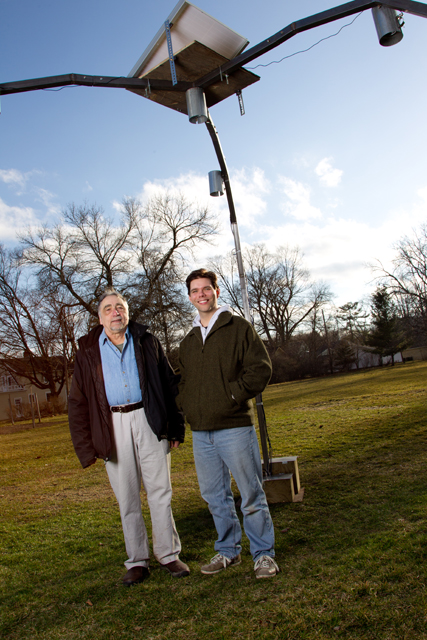

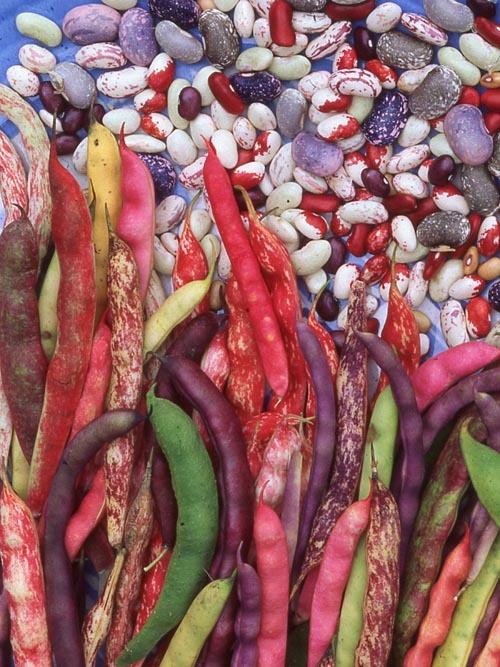

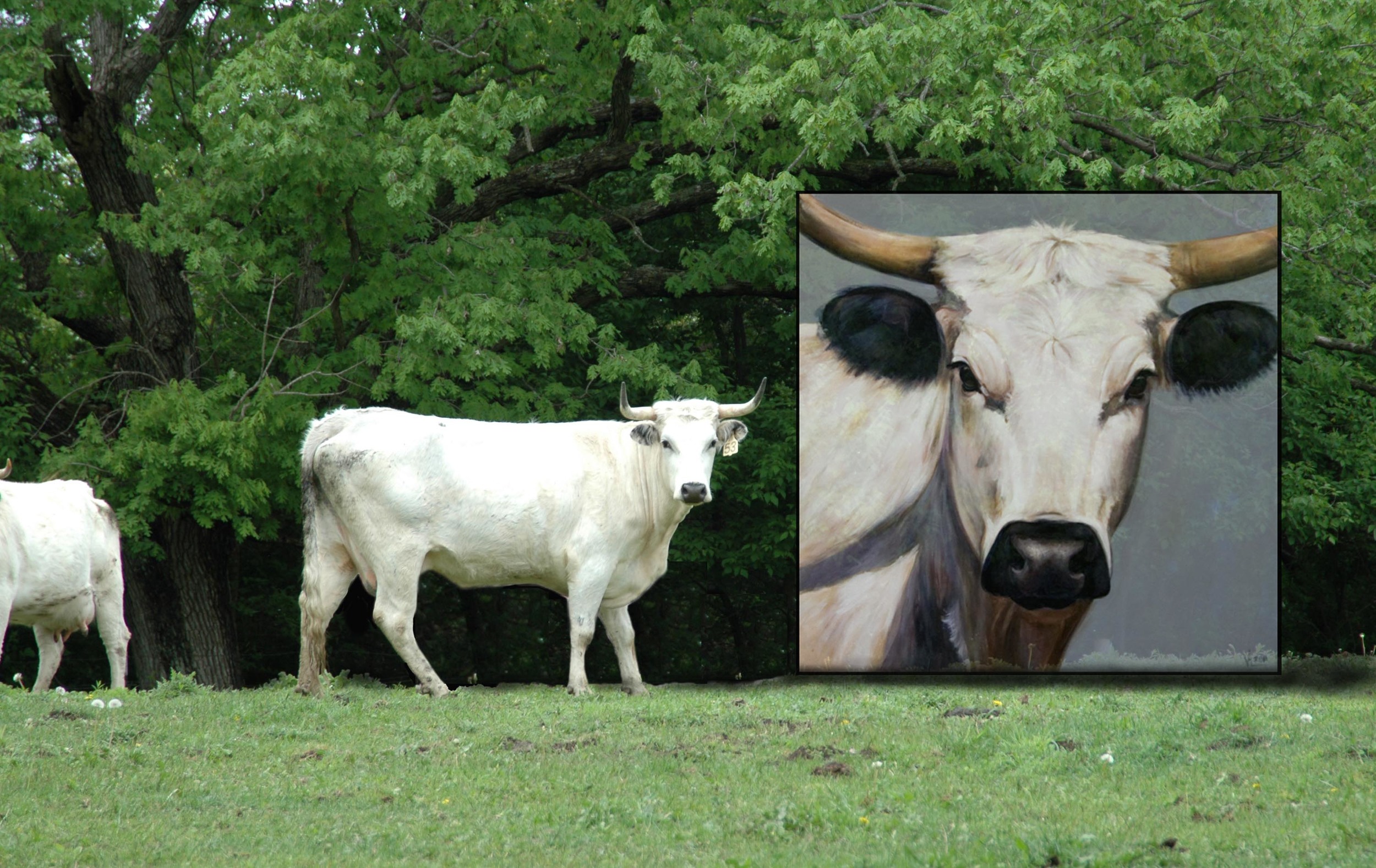
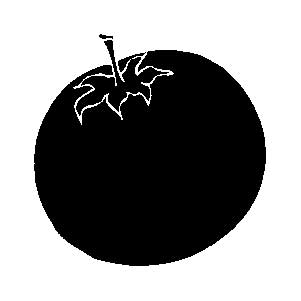 find vegetable varieties, will include staff favorites like the deep maroon amaranth ‘Kerala Red,’ a nearly black lettuce ‘Revolution-Evolution,’ a classic mustard known as ‘Myers’ Family Heirloom, and the relentlessly fruitful tomato ‘Tiny Tim Yellow.’ Transplants will be sold for $3 for 3 inch pots, and $4 for 4-packs, available in limited quantities. SSE staff will also be on hand during the event to answer gardening and seed saving questions.
find vegetable varieties, will include staff favorites like the deep maroon amaranth ‘Kerala Red,’ a nearly black lettuce ‘Revolution-Evolution,’ a classic mustard known as ‘Myers’ Family Heirloom, and the relentlessly fruitful tomato ‘Tiny Tim Yellow.’ Transplants will be sold for $3 for 3 inch pots, and $4 for 4-packs, available in limited quantities. SSE staff will also be on hand during the event to answer gardening and seed saving questions.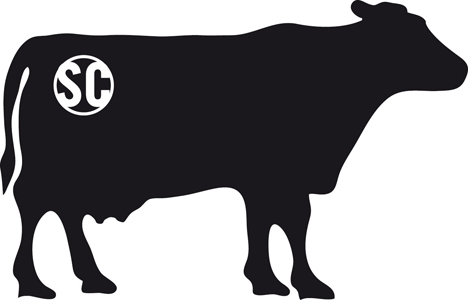 than life canvases by Waukon artist Valerie Miller of Steel Cow Gallery. The exhibit shows Valerie's Ancient White Park 'girls' and 12 of their closest bovine friends. Walk along the trails to view these jumbo prints placed in the pastures at SSE's Heritage Farm. The Ancient White Park cattle, a threatened heritage breed, roamed the British Isles over 2,000 years ago.
than life canvases by Waukon artist Valerie Miller of Steel Cow Gallery. The exhibit shows Valerie's Ancient White Park 'girls' and 12 of their closest bovine friends. Walk along the trails to view these jumbo prints placed in the pastures at SSE's Heritage Farm. The Ancient White Park cattle, a threatened heritage breed, roamed the British Isles over 2,000 years ago. College associate professor of music Brooke Joyce. Professor Joyce is using the money to create an outdoor sound installation at Seed Savers Exchange in Decorah.
College associate professor of music Brooke Joyce. Professor Joyce is using the money to create an outdoor sound installation at Seed Savers Exchange in Decorah.
